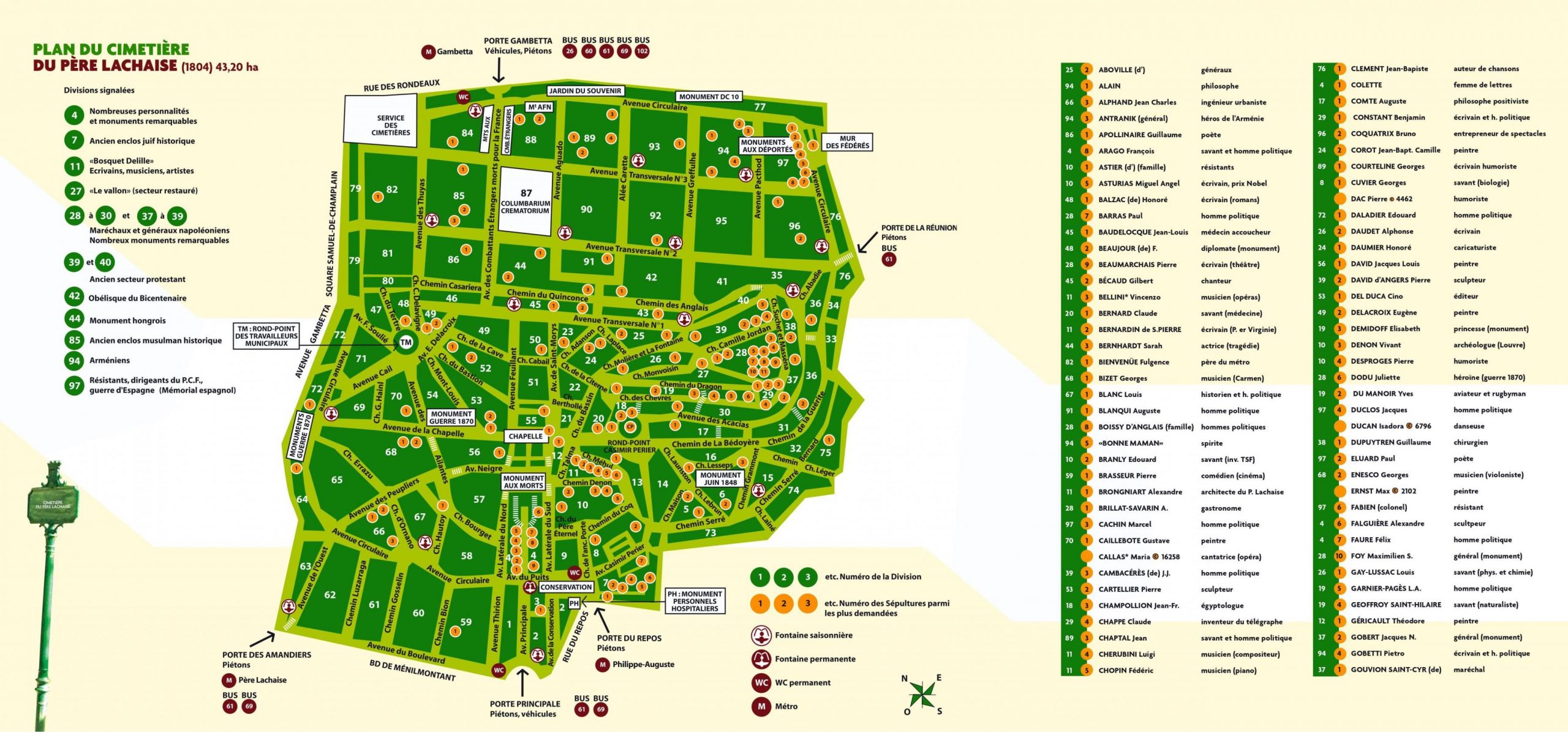Gustave Caillebotte
Fun Fact
Caillebotte’s paintings occupy many major museums and galleries including the Metropolitan Museum of Art, New York; the Museum of Fine Arts, Boston; and the Musée d’Orsay, Paris, which holds 40 of his paintings, and many others. As a major artist of the Impressionist movement, his paintings collect impressively high sums; Garden of the Little Gennevilliers sold for $1.3 million and Boat Moored on the Seine at Argenteuil sold for $6.7 million.
Cemetery Information:
Final Resting Place:
Cimetière du Père Lachaise
16 Rue du Repos, 6ème division, Chemin Lesseps
Paris, , 75020
France
Europe
Map:

Grave Location:
Division 70, avenue des Ailantes, line 1, Moiroux: U9Grave Location Description
Located near the intersection of of avenue des Ailantes and avenue de la Chapelle in Section 70, walk up the avenue des Ailantes and look to your left for the tomb of master impressionist Gustave Caillebotte.
Grave Location GPS
48.862523656, 2.39219576623Photos:
Read More About Gustave Caillebotte:
- Wikipedia Entry
- Gustave Caillebotte: 10 Facts About The Parisian Painter
- 10 things to know about Gustave Caillebotte
- Gustave Caillebotte: The forgotten Impressionist
- Biography of Gustave Caillebotte, French Impressionist Painter
- The Art Story - Gustave Caillebotte
- Known As A Collector, Gustave Caillebotte Gets His Due As A Painter
- Life of an Artist: Gustave Caillebotte
- Dallas billionaire's Impressionist art trove fetches astounding $332 million at auction
- Getty Museum Buys $53 M. Gustave Caillebotte ‘Masterpiece’ at Christie’s
- Gustave Caillebotte Defies How We Define Queer Art - Let’s Be Perfectly Queer








